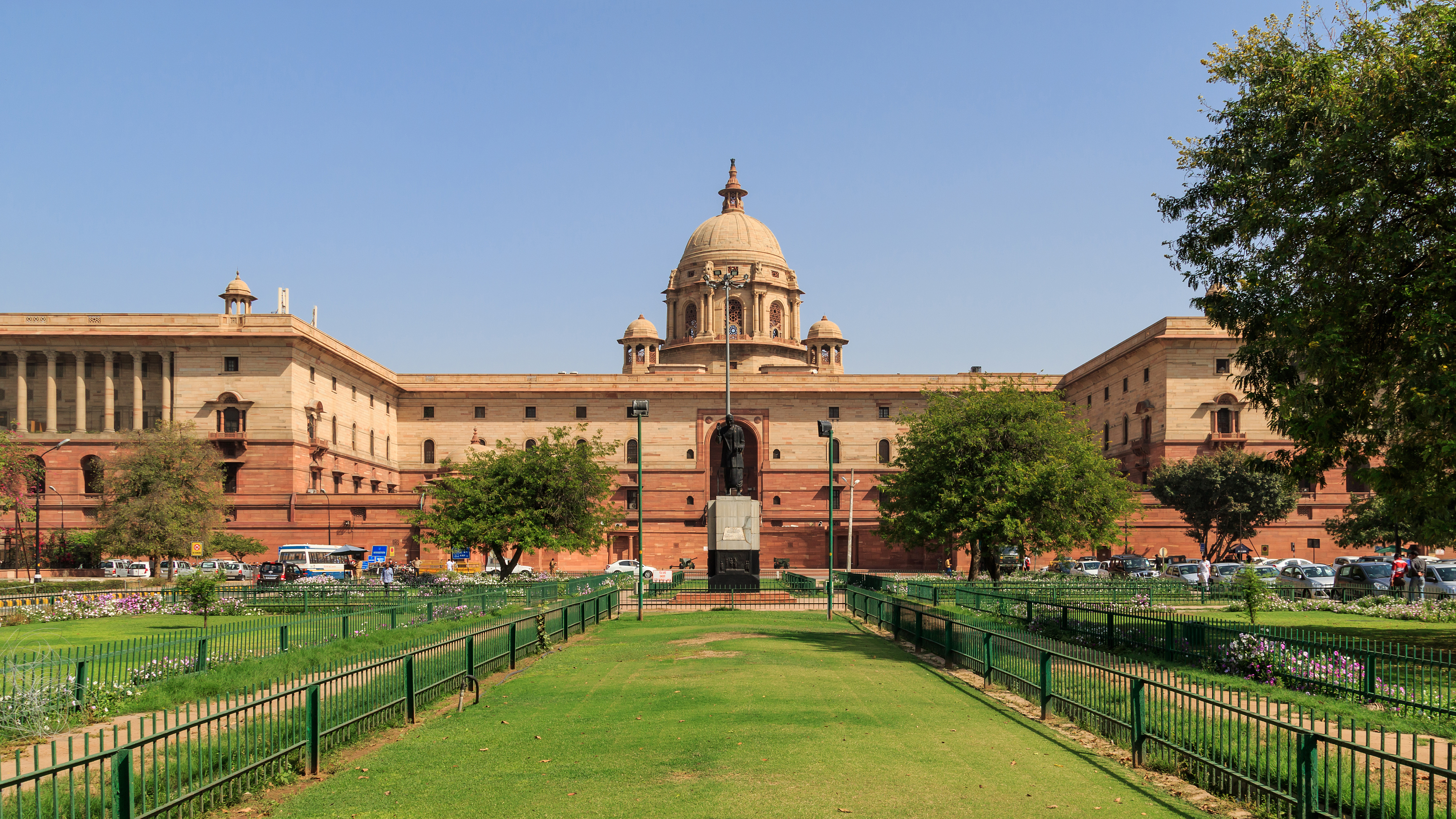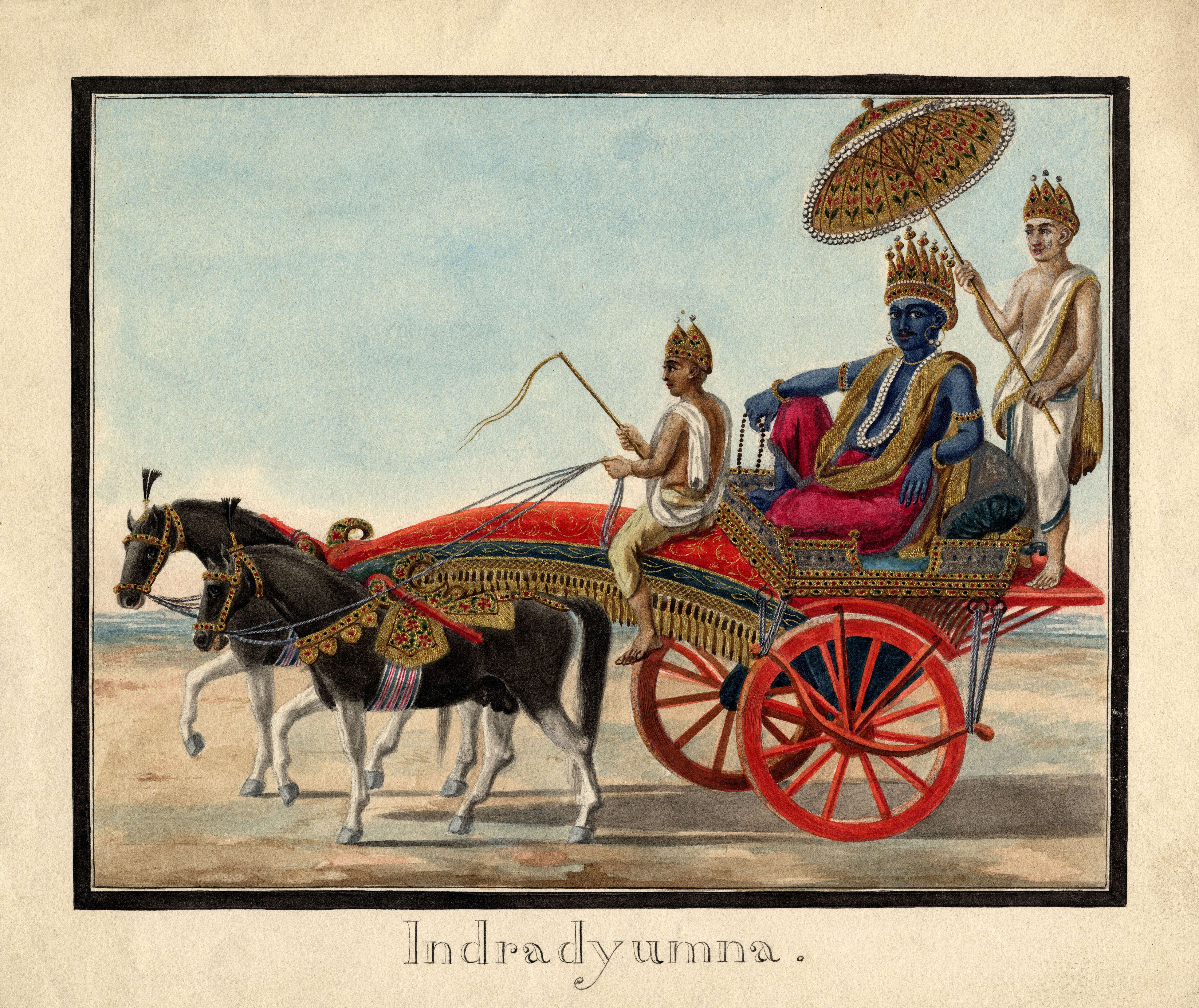|
Dahibara Aludam
Dahibara Aludum (; ) is a popular street food originating from Cuttack of the state Odisha. It is a variant of Dahi vada. The dish is prepared by soaking vadas (fried flour balls) in light dahi (yogurt) water which is tempered with mustard seeds and curry leaves. Then adding Aludum (potato curry) and Ghuguni (pea curry) to it, topped with an assortment of spices, onions, and coriander. The dish is widely enjoyed across the state, particularly in the cities of Cuttack, Bhubaneswar, Puri, Sambalpur, Rourkela and Berhampur. History and Origin Dahibara has been a part of Odia cuisine for centuries, traditionally consumed as a light, fermented dish with probiotic benefits. The combination of Dahibara and Aloodum is believed to have originated in Bidanasi (Old Cuttack), where street vendors near Barabati Fort first introduced the pairing of yogurt-soaked lentil dumplings with the spicy, flavorful Aloodum. This unique pairing quickly gained popularity, spreading across Cuttack and ... [...More Info...] [...Related Items...] OR: [Wikipedia] [Google] [Baidu] |
Indian Subcontinent
The Indian subcontinent is a physiographic region of Asia below the Himalayas which projects into the Indian Ocean between the Bay of Bengal to the east and the Arabian Sea to the west. It is now divided between Bangladesh, India, and Pakistan. (subscription required) Although the terms "Indian subcontinent" and "South Asia" are often also used interchangeably to denote a wider region which includes, in addition, Bhutan, the Maldives, Nepal and Sri Lanka, the "Indian subcontinent" is more of a geophysical term, whereas "South Asia" is more geopolitical. "South Asia" frequently also includes Afghanistan, which is not considered part of the subcontinent even in extended usage.Jim Norwine & Alfonso González, ''The Third World: states of mind and being'', pages 209, Taylor & Francis, 1988, Quote: ""The term "South Asia" also signifies the Indian Subcontinent""Raj S. Bhopal, ''Ethnicity, race, and health in multicultural societies'', pages 33, Oxford University Press, 2007, ; Q ... [...More Info...] [...Related Items...] OR: [Wikipedia] [Google] [Baidu] |
Sambalpur
Sambalpur () is the fifth largest city in the Indian State of Odisha. It is located on the banks of river Mahanadi, with a population of 335,761 (as per 2011 census). Prehistoric settlements have been recorded there. It is the home of the Sambalpuri sari. Overview The city contains many temples, historic buildings and parks. Educational institutes include Sambalpur University, Veer Surendra Sai Institute of Medical Sciences and Research (VIMSAR), Veer Surendra Sai University of Technology (VSSUT), Gangadhar Meher University, Indian Institute of Management Sambalpur and Odisha State Open University (OSOU). Hirakud Dam, the longest earthen dam in the world and the largest artificial lake of Asia, is at Sambalpur. After the independence of India, many commercial and government establishments sprung up in and around Sambalpur. It is a major railway junction of Odisha with the headquarters of Sambalpur Railway Division under the East Coast Railway Zone. National Highway 6 (India, ... [...More Info...] [...Related Items...] OR: [Wikipedia] [Google] [Baidu] |
Odia Cuisine
Odia cuisine is the cuisine of the Indian state of Odisha. Compared to other regional Indian cuisines, Odia cuisine uses less Cooking oil, oil and is less spicy, while nonetheless remaining flavorful. Rice is the staple food of this region. Mustard oil is used in some dishes as the cooking medium, but ghee (made of cow's milk) is preferred in temples. Odia foods are traditionally served either on brass or bronze metal plates, banana leaves, or disposable plates made of Shorea robusta, sal leaves. Odia cooks, particularly from the Puri region, were much sought after due to their ability to cook food in accordance with the Hindu scriptures. Yoghurt is used in many of the Odia dishes. Many sweets of the region are based on (cheese). Ingredients and seasoning Rice is a major crop of Odisha along with wheat. Lentils such as pigeon peas and moong beans are other major ingredients. Indigenous vegetables used in Odia cuisine are pumpkin, gourd, Cooking plantain, plantains, ja ... [...More Info...] [...Related Items...] OR: [Wikipedia] [Google] [Baidu] |
Cucumber
The cucumber (''Cucumis sativus'') is a widely-cultivated creeping vine plant in the family Cucurbitaceae that bears cylindrical to spherical fruits, which are used as culinary vegetables.Cucumber " ''''. 9982019. Considered an annual plant, there are three main types of cucumber—slicing, pickling, and seedless—within which several |
Onion
An onion (''Allium cepa'' , from Latin ), also known as the bulb onion or common onion, is a vegetable that is the most widely cultivated species of the genus '' Allium''. The shallot is a botanical variety of the onion which was classified as a separate species until 2011. The onion's close relatives include garlic, scallion, leek, and chives. The genus contains several other species variously called onions and cultivated for food, such as the Japanese bunching onion '' Allium fistulosum'', the tree onion ''Allium'' × ''proliferum'', and the Canada onion '' Allium canadense''. The name '' wild onion'' is applied to a number of ''Allium'' species, but ''A. cepa'' is exclusively known from cultivation. Its ancestral wild original form is not known, although escapes from cultivation have become established in some regions. The onion is most frequently a biennial or a perennial plant, but is usually treated as an annual and harvested in its first growing season. ... [...More Info...] [...Related Items...] OR: [Wikipedia] [Google] [Baidu] |
Deep Frying
Deep frying (also referred to as deep fat frying) is a cooking method in which food is submerged in hot fat, traditionally lard but today most commonly Cooking oil, oil, as opposed to the shallow frying used in conventional frying done in a frying pan. Normally, a deep fryer or chip pan is used for this; industrially, a pressure fryer or vacuum fryer may be used. Deep frying may also be performed using oil that is heated in a pot. Deep frying is classified as a hot-fat cooking method. Typically, deep frying foods cook quickly since oil has a high rate of heat conduction and all sides of the food are cooked simultaneously. The term "deep frying" and many modern deep-fried foods were not invented until the 19th century, but the practice has been around for millennia. Early records and cookbooks suggest that the practice began in certain European countries before other countries adopted the practice. Deep frying is popular worldwide, with deep-fried foods accounting for a large por ... [...More Info...] [...Related Items...] OR: [Wikipedia] [Google] [Baidu] |
Lentil
The lentil (''Vicia lens'' or ''Lens culinaris'') is an annual plant, annual legume grown for its Lens (geometry), lens-shaped edible seeds or ''pulses'', also called ''lentils''. It is about tall, and the seeds grow in Legume, pods, usually with two seeds in each. Lentil seeds are used around the world for culinary purposes. In cuisines of the Indian subcontinent, where lentils are a staple food, staple, split lentils (often with their hulls removed) known as ''dal'' are often cooked into a thick curry that is usually eaten with rice or roti. Lentils are commonly used in stews and soups. Botanical description Name Many different names in different parts of the world are used for the crop lentil. The first use of the word ''lens'' to designate a specific genus was in the 17th century by the botanist Joseph Pitton de Tournefort, Tournefort. The word "lens" for the lentil is of classical Roman or Latin origin, possibly from a prominent Roman family named Lentulus, just as ... [...More Info...] [...Related Items...] OR: [Wikipedia] [Google] [Baidu] |
New Delhi
New Delhi (; ) is the Capital city, capital of India and a part of the Delhi, National Capital Territory of Delhi (NCT). New Delhi is the seat of all three branches of the Government of India, hosting the Rashtrapati Bhavan, New Parliament House, New Delhi, Sansad Bhavan, and the Supreme Court of India, Supreme Court. New Delhi is a Municipal governance in India, municipality within the NCT, administered by the New Delhi Municipal Council (NDMC), which covers mostly Lutyens' Delhi and a few adjacent areas. The municipal area is part of a larger List of districts in India, administrative district, the New Delhi district. Although colloquially ''Delhi'' and ''New Delhi'' are used interchangeably to refer to the National Capital Territory of Delhi, both are distinct entities, with the municipality and the New Delhi district forming a relatively small part within the megacity of Delhi. The National Capital Region (India), National Capital Region is an even larger entity, compris ... [...More Info...] [...Related Items...] OR: [Wikipedia] [Google] [Baidu] |
Berhampur
Berhampur (; also known as Brahmapur) is a city on the eastern coastline of Odisha, India. Known as the "Silk City" it is the headquarter of Ganjam district, Ganjam district and home to Odisha's one of the major and the oldest railway station. It rank the List of cities in Odisha by population, 4th most populous town of Odisha. Berhampur is also called the "food capital of Odisha". Etymology The name of the city is said to have been derived from the name of Brahmeswara, a deity in Hinduism, worshipped in a temple at Lathi, 4 km from the main city. History Ancient and Medieval Period Berhampur, along with regions of southern Odisha, have been a core part of ancient Kalinga (region), Kalinga empire. Jaugada also known as ''Samapa'', 35 km away from Berhampur on the banks of the Rushikulya, was an ancient fort and city existing from 3rd century BC to 7th century AD. Its existence before and after this time period cannot be ruled out. After Kalinga war, Samapa turned ... [...More Info...] [...Related Items...] OR: [Wikipedia] [Google] [Baidu] |
Rourkela
Rourkela () is a planned city located in the northern district Sundargarh of Odisha, India. It is the third-largest Urban Agglomeration in Odisha after Bhubaneswar and Cuttack. It is situated about west of the state capital Bhubaneswar and is surrounded by a range of hills and encircled by the rivers South Koel River, Koel, Sankh River, Sankha, & Brahmani River, Brahmani. The city is also popularly known as ''Ispat Nagar'' and ''Steel City of Odisha'' as well. One of the largest integrated steel plants set up with German collaboration Known as Rourkela Steel Plant, Rourkela Steel Plant, of Steel Authority of India Limited ''(SAIL)''. It also has one of the premier national level technical institute known as National Institutes of Technology ''(NIT Rourkela)''. Every year, on 3 March ''Rourkela Day'' has been celebrated. The city has been selected as smart city in the third phase of the National Smart Cities Mission on 20 September 2016, which is to drive economic growth and im ... [...More Info...] [...Related Items...] OR: [Wikipedia] [Google] [Baidu] |
Puri
Puri, also known as Jagannath Puri, () is a coastal city and a Nagar Palika, municipality in the state of Odisha in eastern India. It is the district headquarters of Puri district and is situated on the Bay of Bengal, south of the state capital of Bhubaneswar. It is home to the 12th-century Jagannath Temple (Puri), Jagannath Temple and is one of the original Char Dham pilgrimage sites for Hindus. Puri has been known by several names since ancient times and was locally known as "Sri Kshetra" and the Jagannath Temple, Puri, Jagannath temple is known as "Badadeula". Puri and the Jagannath Temple were invaded 18 times by Muslim rulers, from the 7th century AD until the early 19th century with the objective of looting the treasures of the temple. Odisha, including Puri and its temple, were part of British India from 1803 until India attained independence in August 1947. Even though princely states do not exist in India today, the heirs of the House of Gajapati still perform the r ... [...More Info...] [...Related Items...] OR: [Wikipedia] [Google] [Baidu] |






